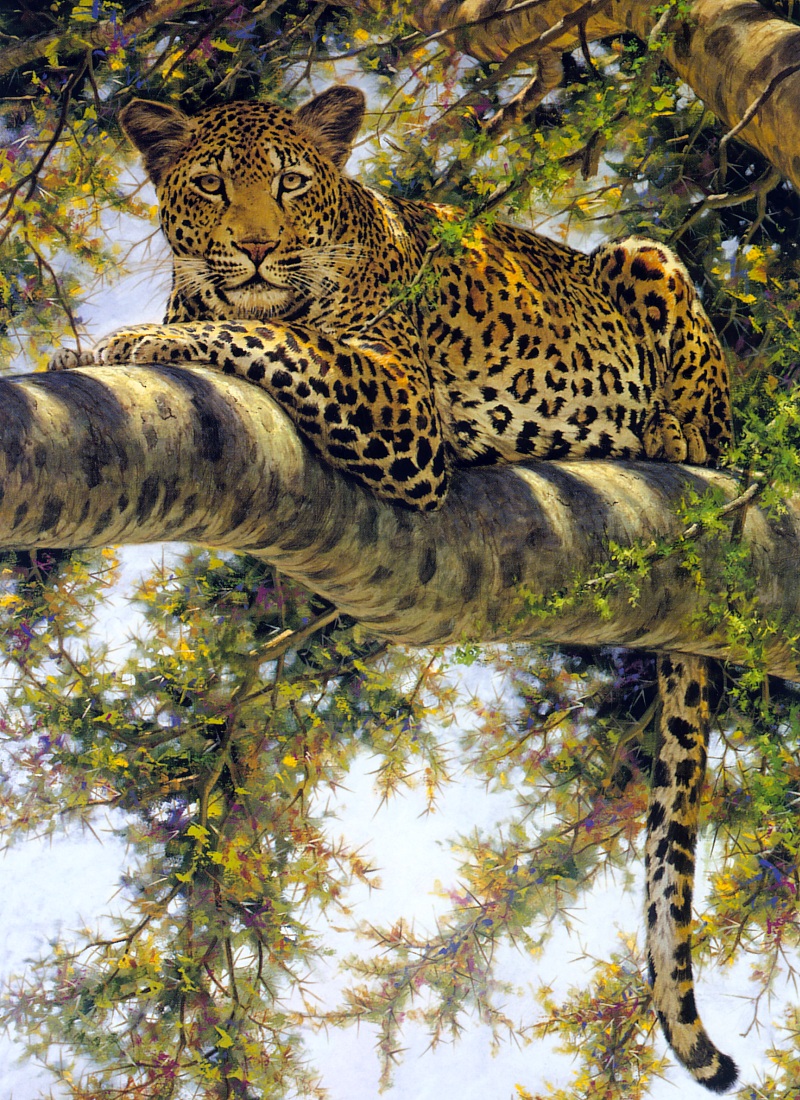|
| Query: Leopard | Result: 1262nd of 1434 | |
[Elon Animal Scans] Painted by Guy Coheleach, Eye To Eye (Leopard)
| Subject: | [Elon Animal Scans] Painted by Guy Coheleach, Eye To Eye (Leopard)
| |

| Resolution: 800x1100
File Size: 540490 Bytes
Upload Date: 2005:04:15 16:49:17
|
ERROR : Server Busy(-1105)
ERROR : Server Busy(-1105)
[Elon Animal Scans] Painted by Guy Coheleach, Eye To Eye (Leopard) |
^o^
Animal Pictures Archive for smart phones
^o^
|
|